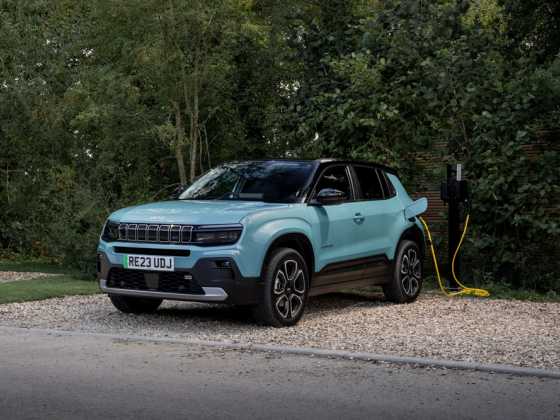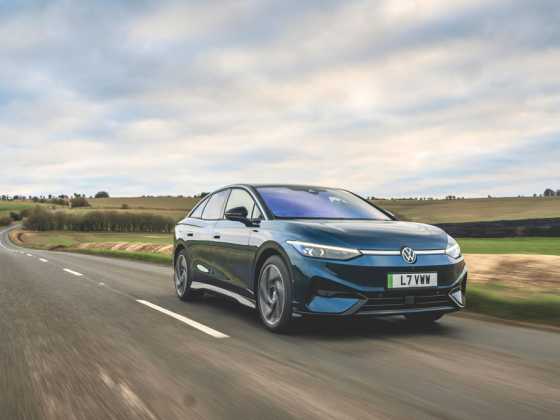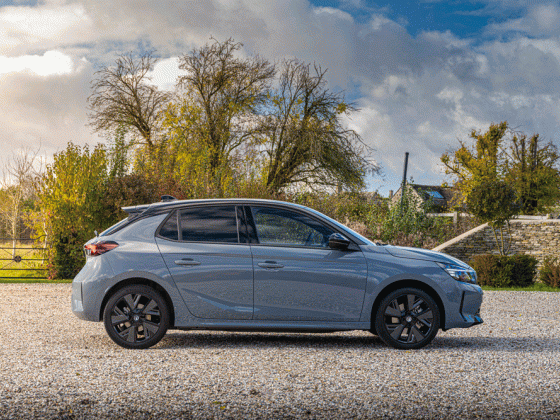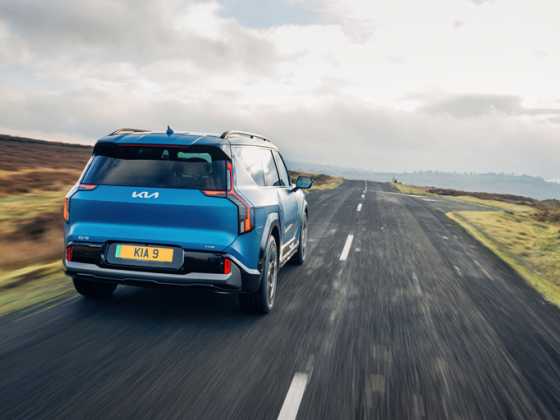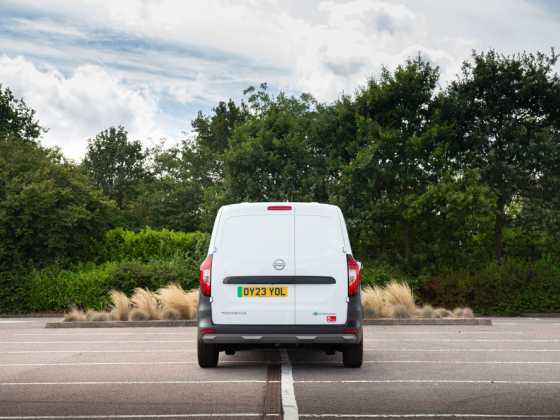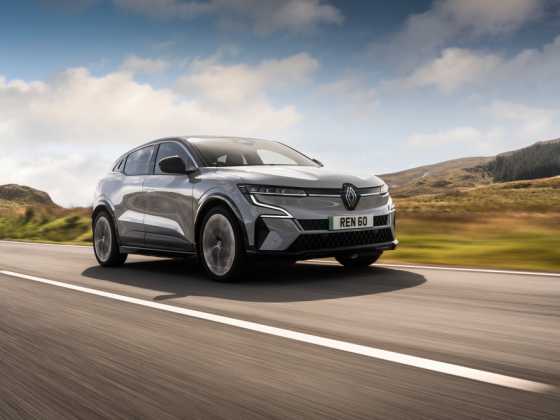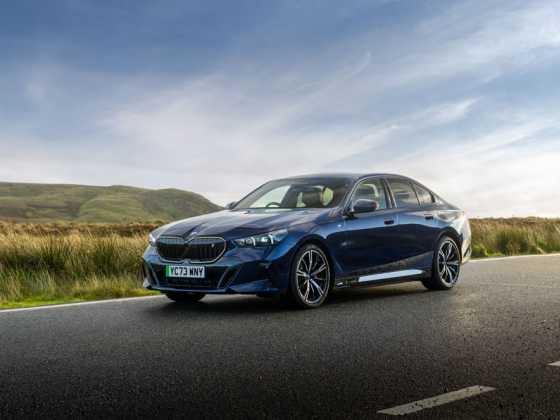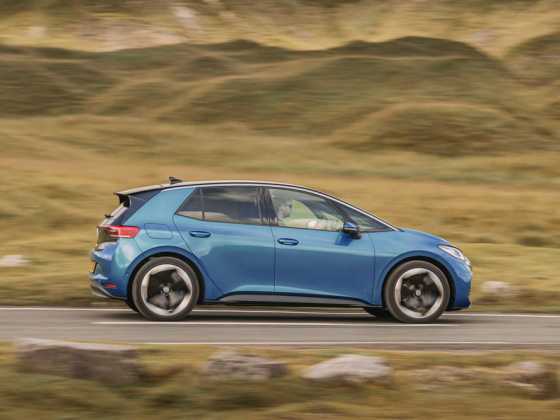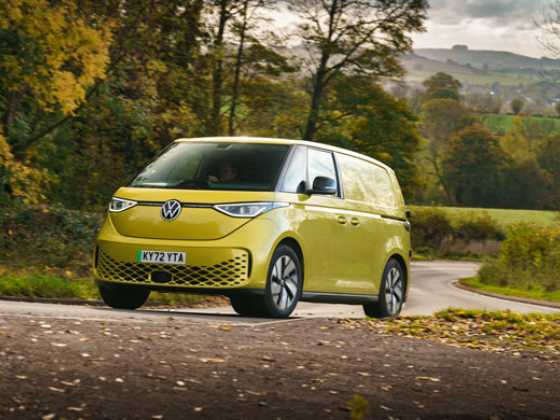First drive: Fiat Tipo Lounge 1.6 MultiJet 120
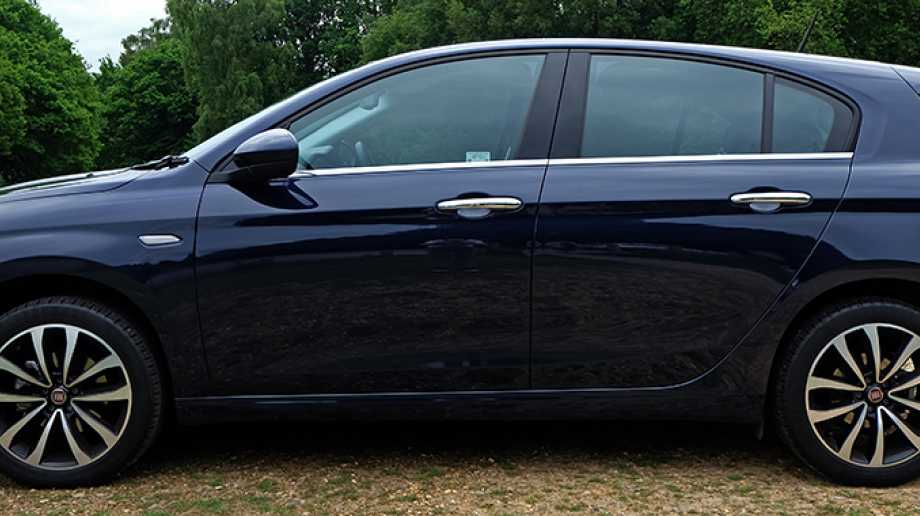
Good value, spacious, economical, and with low emissions, Richard Gooding finds that Fiat’s latest Tipo plays a strong fleet‑friendly hand
What is it?
Launched in late 2016, the Fiat Tipo name should resonate with fleet drivers of a certain age. The first generation was built from 1988 to 1995, and, just like the newest version, was a Volkswagen Golf-sized hatchback, initially with five doors. European Car of the Year in 1989, the boxy styling of the original Tipo lent it a large amount of interior space for its compact footprint.
It’s much the same story for the latest Tipo, too. The second-generation hatchback and estate (Station Wagon) were preceded by a Turkish-only market saloon, and the range replaces the Fiat Bravo and Linea.
The Tipo has been developed by Tofaş, a joint venture between the Fiat Group and Koç Holding, and unashamedly value driven, the car was awarded the ‘2016 Best Buy Car of Europe’ award from the Autobest jury, on which 26 leading European journalists sit. Emissions are as low as 89g/km, but we have the 98g/km Lounge MultiJet 120 on test here.
How does it drive?
While the 500 – and to an extent the Panda – fly the Fiat styling flag, the Tipo is demure and understated in its looks. Its smart appearance doesn’t betray its more budget origins, though, and the Lounge trim of our test car was lifted by its exterior chrome flourishes and 17-inch alloy wheels.
If there is a criticism, it’s that the car’s silhouette evokes contemporary South Korean models from Kia and Hyundai, which, coincidentally, are arguably the Tipo’s most direct rivals on both size and price.
Inside, there are little touches of design flair, but overall it’s all very business-like. The materials, while, honest and presentable, and clear in their budget conscious aspirations. But while there may be fewer soft-touch surfaces than in a Golf, the price reflects that. The most obvious giveaway perhaps at the Tipo’s low cost is the ‘Uconnect’ colour five-inch touchscreen, which appears to have been lifted from the 500.
But, it all works well, and with DAB/Bluetooth/USB/AUX-in, and a navigation system with live services, the system’s high specification can’t be faulted. Ahead of the driver, a monochrome TFT display imparts all sorts of useful information, too.
On the move, Fiat’s latest 1.6‑litre MultiJet II turbodiesel engine pulls well and allows for easy cruising, when it’s refined character makes for an enjoyable motorway companion. The 120bhp unit is quite noisy when idling, though, but the Tipo’s six-speed manual gearbox is pleasant to use. Performance is plentiful, with the 0 to 62mph dash dealt with in 9.8 seconds, and 236lb ft (320Nm) of torque available from 1,750rpm. While the Tipo is no sports car, it handles nicely enough and has plenty of grip, while body roll is contained.
The Dualdrive power steering might be short on feedback but, pleasantly, isn’t overly light either, while the composed ride only really becomes unsettled on the most abrasive surfaces. Comfortable seats aid those long motorway stints behind the wheel, with electric lumbar support on the driver’s chair.
How economical is it?
Fiat quotes a combined cycle economy figure of 76.3mpg for Tipos fitted with the 1.6-litre MultiJet II turbodiesel engine: over a mixed driving conditions test distance of 1,250 miles – more than our usual duration – we achieved an average of 55.1mpg. However, over 60mpg was achieved easily on more than one occasion, and an ‘eco:Drive’ smartphone app can also monitor the Tipo’s efficiency.
What does it cost?
At £18,795, the Fiat Tipo Lounge 1.6 MultiJet 120 sits towards the top of the hatchback range: costing £1,000 more, only the DCT automatic version is above it. The range starts with the 94bhp 132g/km Easy 1.4 at £13,795, while the 99g/km Easy 1.3 MultiJet, also with 94bhp, costs £15,795.
But don’t forget the Tipo also comes as a ‘Station Wagon’ estate car, too. Around £1,000 more in every case over the five-door hatchback, the Station Wagon offers a useful 110 litres of extra capacity over the hatch’s 440 litres, as well as an additional under‑floor storage compartment. Regardless of which body style is chosen, though, the Tipo’s interior is a spacious place to be, while rear legroom is some of the largest in its class.
What must not be overlooked, though, is the Tipo’s value card. Prices may be at the Ford Fiesta end of the market, but you’re getting a much larger and more practical Focus-sized car for the same money. A slightly higher-spec 99g/km Focus Titanium X 1.5 TDCi 120 for example, is priced from £24,215, but that’s almost £5,500 more.
Our test car’s overall price was £19,345, the only option fitted being the £550 Elba Blue metallic paint. As standard, the Fiat Tipo Lounge comes with 17-inch alloy wheels, automatic lights and wipers, climate control, LED daytime running lights, as well as rear parking camera and sensors.
When it comes to safety, all Tipos come with six airbags, ABS and electronic stability control, autonomous emergency braking function, and cruise control, in addition to a hill hold function, and a tyre pressure monitoring system. Adaptive cruise control costs an extra £250.
How much does it cost to tax?
With CO2 emissions of 98g/km, the Fiat Tipo Lounge 1.6 MultiJet 120 sits in the £120 first year rate of VED, rising to £140 thereafter. Fiat also offers a business-focused Tipo Elite model, which has an eco version of the MultiJet 120 engine with CO2 emissions of 89g/km.
The lower CO2 value means drivers save £20 on the first-year rate of VED, but the car costs the same to tax in the years thereafter. However, those lower emissions mean that Benefit In Kind liability starts at 20 per cent for the Elite, one per cent lower than the Lounge tested here.
Why does my fleet need one?
As a value-driven proposition, the latest incarnation of the Fiat Tipo is hard to beat. The Italian medium-sized hatchback also excels on practicality, and with emissions towards the lower end of the market, as well as good economy, it promises reduced running costs, too. Other benefits include a comfortable, composed and relaxed demeanour, class-best levels of space, and a decent standard equipment list.
While the lower-specification models represent the ultimate in value, all versions play a strong cost-conscious hand. Understated, economical, and easy to live with, the Fiat Tipo goes about its business in a no-nonsense, unruffled and relaxed fashion. For busy fleets, those are abilities which are perhaps far too often overlooked.

